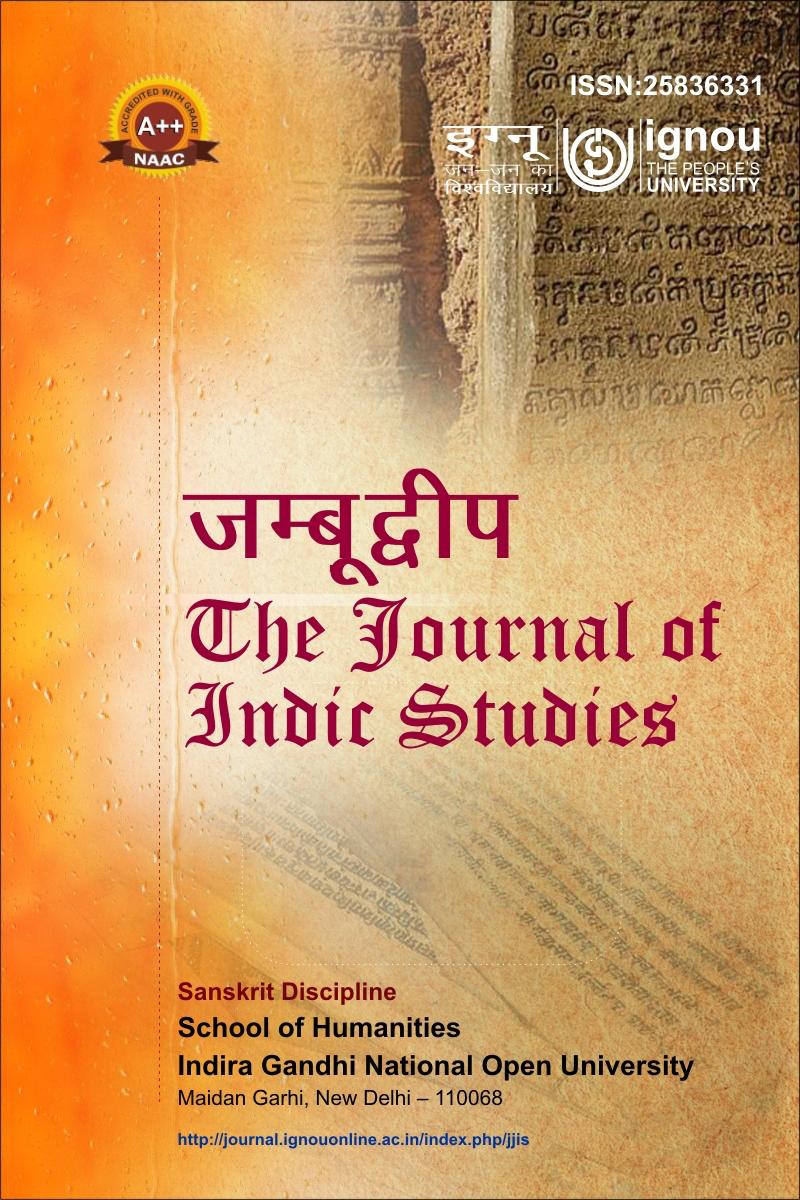The meta-grammatical role of Paribhāṣās in preserving the structure of Sanskrit Vyākaraṇa
Abstract
This paper discusses the meta-grammatical function of paribhāṣās in Sanskrit grammar, focusing on their role in maintaining rule consistency, resolving conflicts, and preserving derivational precision. Drawing from primary texts like the Mahābhāṣya and Paribhāṣenduśekhara, and comparing Pāṇinian and Hemacandrian frameworks, it shows how paribhāṣās operate as internal regulators. Their function is extended across Mīmāṃsā, Śrautasūtra, and Vedānta traditions, revealing a shared hermeneutic logic. The study affirms paribhāṣā as a necessary meta-rule system that sustains the structural integrity of Sanskrit grammatical schools.





